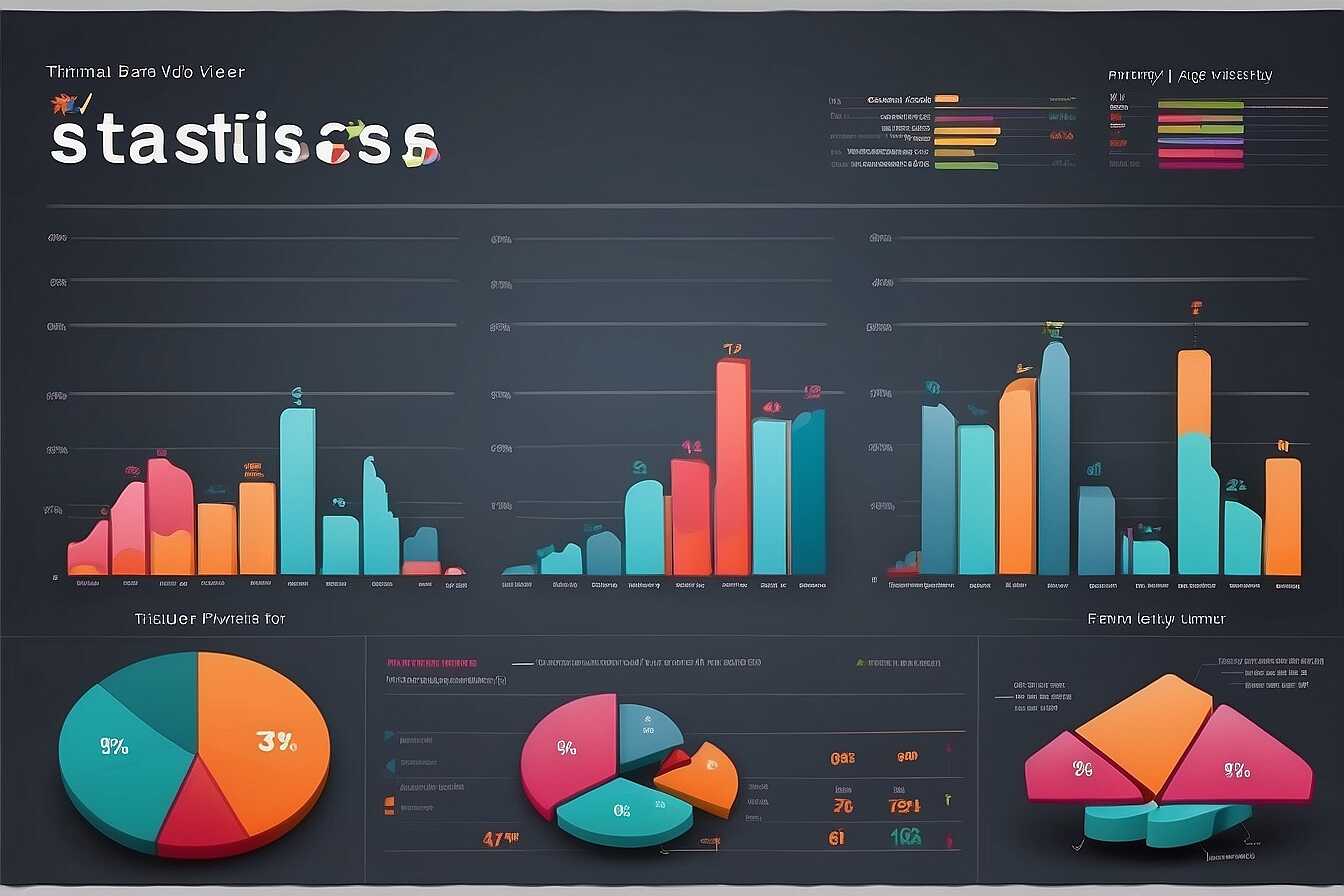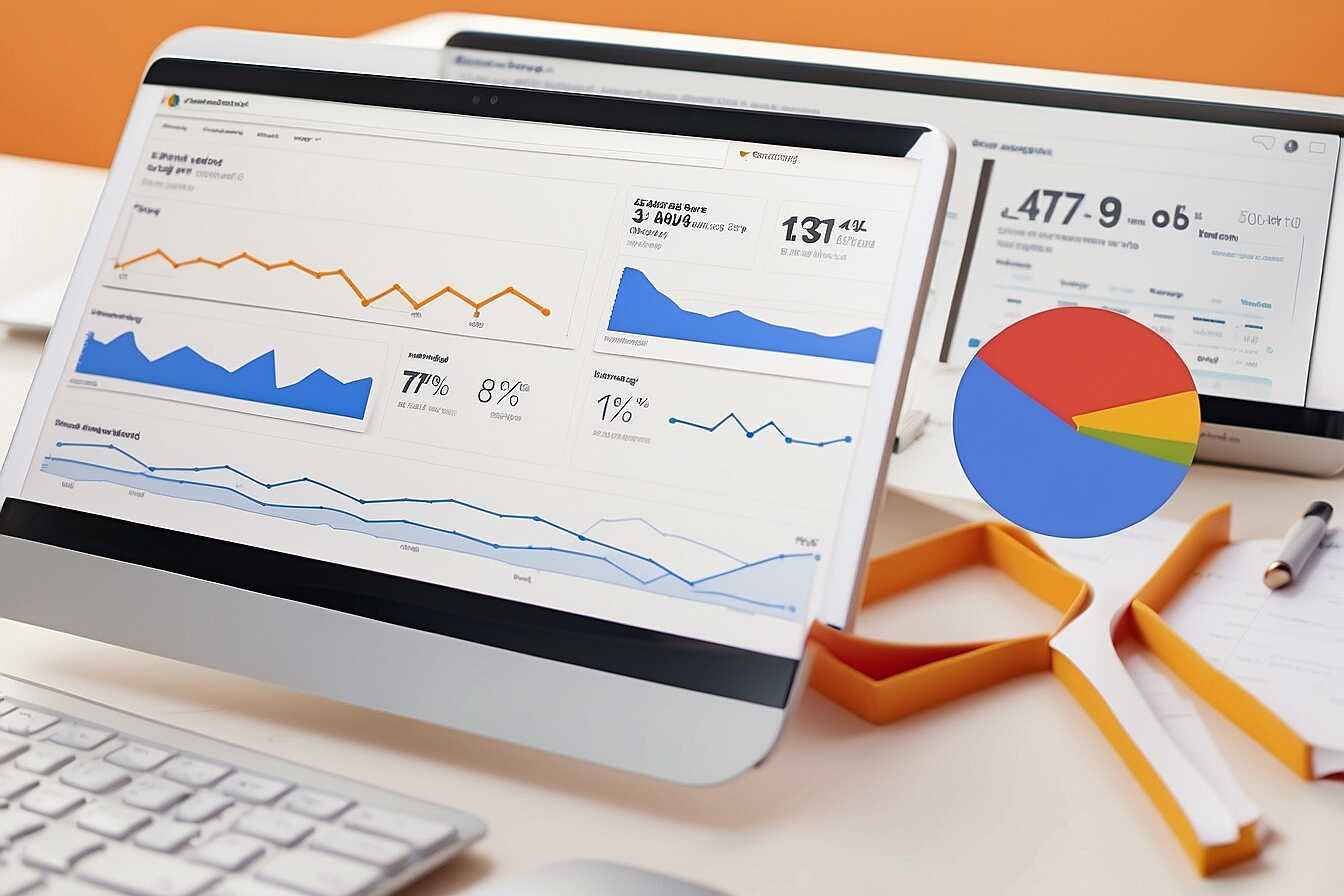Slow loading websites can significantly harm business conversions, leading to lost revenue and frustrated customers. In today’s fast-paced digital world, every additional second a site takes to load can deter users and drive them to competitors. Metrics Rule, a technical and on-page SEO analyst in Vancouver, emphasizes the importance of website speed as a crucial factor in achieving optimal conversion rates. By understanding how slow loading affects customer behavior, businesses can implement strategies to enhance their site performance and retain valuable leads.
Why Website Speed is Crucial for Business Success
Website loading speed is essential for enhancing user experience, which in turn significantly impacts conversions and revenue. If a website lags, users often face frustration, leading to abandoned transactions and lost sales. Different sectors, like e-commerce and service industries, report varied impacts of website speed on customer engagement and sales metrics. Research indicates that 47% of consumers expect a webpage to load in under two seconds. Furthermore, a shocking 40% will abandon a site that takes more than three seconds to load, drastically affecting online sales opportunities.
Effects of Website Speed on E-commerce Success
In the e-commerce sector, website performance is crucial in ensuring customer satisfaction. Sites with fast loading times not only enhance user experience but also improve conversion rates significantly. Studies show that for every one-second improvement in loading time, e-commerce sites can see an increase of up to 7% in conversions. This is particularly vital in a competitive market where speed can distinguish a business from its competitors. Metrics Rule emphasizes that optimizing website speed involves technical efforts like reducing image sizes, leveraging browser caching, and improving server response time. These strategies ensure website reliability, making it easier for visitors to navigate and complete purchases, ultimately enhancing their overall shopping experience.
The Financial Impact of Slow Loading Websites on Businesses
Slow website performance can significantly affect a business’s revenue by leading to lost sales and decreased conversions. Studies show that around 40% of users abandon a website if it takes more than 3 seconds to load. This abandonment can result in lost revenue opportunities, especially for e-commerce businesses where every second counts. Furthermore, slow-loading sites can cause customer dissatisfaction, leading to negative reviews that harm long-term brand loyalty. Businesses must understand that a reliable and efficient website is essential for retaining customers and increasing sales.
Long-Term Effects of Reduced Website Performance on Brand Loyalty
The long-term consequences of poor website loading speed on customer loyalty are profound. Customers expect fast and engaging online experiences. If a website fails to deliver, users may choose competitors instead, leading to brand disengagement. Research indicates that companies focusing on enhancing website efficiency see up to a 20% increase in customer retention rates. Investing in proven SEO and performance optimization techniques ensures that users enjoy a seamless experience, ultimately enhancing brand reliability and fostering customer trust over time.

The Connection Between Loading Speed and User Engagement
Website loading speed plays a crucial role in user behavior. When a site loads slowly, users may become frustrated and leave, resulting in high exit rates. This negative experience reduces the average time on page, decreasing the likelihood of conversions. Studies show that even a one-second delay in loading time can lead to a 7% decrease in conversions. Understanding metrics like exit rates and time spent on a page helps businesses identify these issues. Investing in improving loading speed is essential for enhancing user engagement rates and boosting conversion rates.
Understanding Key Metrics Impacting User Experience
Metrics such as exit rates and time on page are critical for analyzing user experience. Higher exit rates usually indicate dissatisfaction or a lack of relevant content, while increased time on page can imply user engagement. For businesses, particularly in e-commerce, optimizing these elements is vital. Research indicates that fast loading websites provide users with a reliable experience, significantly enhancing the chance of conversion. For example, an efficient website that loads in under 3 seconds can improve users’ time on page by 60%, making it more likely for users to complete their purchases. Investing in loading speed directly correlates with improved website performance, ensuring better rankings in search engines.
Numerical Insights on Website Efficiency and Transactions
- 47% of consumers expect a website to load in 2 seconds or less.
- The conversion rate drops by 7% for every second delay in load time.
- 59% of users will abandon a site that takes over 3 seconds to load.
- Slow sites can lead to a 40% loss in potential sales or leads.
- Google states that their studies show a 20% increase in traffic for faster sites.
- Online retailers could lose $2.5 billion in sales annually due to slow-loading pages.
- Website visitors will wait an average of only 6 seconds before leaving a slow site.

Key Performance Indicators to Track for Website Speed
Understanding key performance indicators (KPIs) is crucial for evaluating website speed. Essential metrics include load time, which indicates how quickly a webpage appears for users. Time to first byte (TTFB) measures the delay before the client receives the first byte of data from the server, affecting overall experience. Speed index reflects how quickly the contents of a page are visibly populated. Monitoring these KPIs ensures improved user experiences and enhanced SEO performance, making them vital for all website owners and managers.
Understanding Load Time for Better User Experience
Load time is the amount of time it takes for a webpage to fully render in a user’s browser. Research shows that an ideal load time is under three seconds for e-commerce websites. Websites that achieve fast load times tend to have higher conversion rates and better user engagement. By regularly testing and optimizing load time, businesses can significantly enhance their online presence and meet the expectations of their users. Platforms like Google PageSpeed Insights can help track these metrics accurately, enabling reliable optimizations that boost performance and SEO.

Illustrative Examples of Conversion Losses from Slow Load Times
Numerous businesses have reported significant conversion losses due to slow-loading websites. For example, Amazon experienced a 1% decrease in sales for every 100 milliseconds that their site loaded slower. Similarly, Walmart found that their sales dropped by 2% for every second of loading delay. These instances highlight conversion losses across various industries, particularly e-commerce, where website speed is crucial for user experience. A study revealed that 47% of consumers expect a web page to load in two seconds or less, which shows how critical it is to take website speed issues seriously.
Real-World Impact of Slow Website Performance
Businesses in e-commerce are particularly vulnerable to the effects of slow site performance. A poor user experience can lead to cart abandonment and lost sales. For instance, a clothing retailer found that a mere 1-second increase in load time resulted in a 30% decrease in conversions. This data reinforces the importance of ensuring that website speed is optimized. Fast-loading sites not only improve customer satisfaction but significantly enhance overall e-commerce performance. By investing in technical optimizations, businesses can achieve a reliable and efficient online presence, directly impacting their bottom line.
Positive Outcomes of Rapid Page Loading
- Fast websites increase user satisfaction and loyalty substantially.
- Improved speed enhances user experience and reduces bounce rates.
- Higher conversion rates are achieved with quicker load times.
- SEO rankings improve with faster loading pages, boosting visibility.
- Customers are more likely to return to sites that load quickly.
- Better performance can improve overall sales and revenue generation.
- Fast loading helps to establish a brand’s credibility and trustworthiness.

Actionable Strategies to Improve Your Website’s Load Speed
Websites can significantly decrease loading times by utilizing compression techniques, optimizing images, and employing browser caching. For image optimization, use formats like WebP, which balance quality and file size. Additionally, leveraging content delivery networks (CDNs) helps distribute content effectively, ensuring reliable access for users worldwide. Tools such as Google PageSpeed Insights, GTmetrix, or WebPageTest provide comprehensive analysis and testing features to evaluate your website’s performance. Studies suggest that improving website loading speed can increase conversion rates by up to 25%, making it a critical aspect of e-commerce success and user experience enhancement.
Utilizing Tools and Resources for Effective Load Speed Testing
To enhance your website’s load speed, utilizing performance testing tools is essential. Tools like Google PageSpeed Insights offer reliable recommendations tailored to your website’s needs. These platforms analyze loading times, providing insights into how to optimize images, minify CSS and JavaScript, and implement browser caching. Additionally, using GTmetrix helps users compare their website’s performance against competitors, ensuring you stay ahead in the SEO race. Regular testing enables you to identify issues promptly, allowing your site to provide the best user experience possible. In 2025, a strong focus on load speed will be crucial for maintaining an edge in e-commerce.
Conducting a Comprehensive Speed Performance Evaluation
To effectively evaluate a website’s speed performance, consider both testing methods and analysis tools. The primary methods involve using online tools such as Google PageSpeed Insights, GTmetrix, and WebPageTest. These platforms provide insights into page load times, suggestions for enhancements, and specific metrics to guide your optimization efforts. Moreover, a thorough review of the data these tools provide will help business owners understand their site’s performance. Analyzing different aspects such as mobile and desktop speed helps ensure an efficient experience for all users, enhancing conversion rates down the line.
Utilizing Advanced Tools for Speed Testing
Advanced tools for speed testing go beyond basic metrics. For example, Google’s Lighthouse provides insights into best practices by measuring performance, accessibility, and SEO details. Using these advanced features, you can discern areas for improvement and track the impact of your optimizations over time. Additionally, using the results to benchmark against competitors helps in understanding your site’s position in the market. When implemented effectively, these tools offer reliable measures that can help your website meet the ideal loading time of under three seconds, a crucial benchmark for retaining visitors and boosting conversions.
Brands and Demographics Influenced by Load Speed
- Amazon relies on fast loading times to enhance user satisfaction.
- E-commerce platforms show higher sales in speed-optimized websites.
- Travel booking sites often see increased bookings with improved load speed.
- Retail sites notice that faster pages increase customer retention.
- Small businesses benefit from optimizing their websites for local searches.
- Mobile users expect quick access, so optimizing for mobile is crucial.
- Online service providers see conversions rise when their sites load swiftly.
Emerging Trends and Technologies in Website Speed Optimization
Emerging technologies play a crucial role in enhancing website speed. Some of the latest innovations include HTTP/3, a faster protocol that reduces latency, and content delivery networks (CDNs) that cache content close to users. Additionally, optimizing images with formats like WebP and using lazy loading can significantly improve loading times. These technologies ensure a better user experience, which directly impacts business performance by boosting conversion rates. Furthermore, 2025 is anticipated to be pivotal as AI-driven speed optimization tools will likely transform how websites are managed.
Advanced Techniques for Future-Proofing Site Performance
Future-proofing site performance involves several advanced techniques that can drastically improve load times. For instance, serverless architectures allow scaling up resources without compromising site speed. Peer-to-peer technology may also revolutionize how content is distributed, enabling users to share data directly, which can enhance performance further. Additionally, incorporating performance testing tools offers insights into loading times and bottlenecks. Businesses that adopt these strategies will not only achieve superior site performance but will enhance their overall reliability and user satisfaction. As Technologies evolve, conducting regular reviews and comparisons will ensure continuous optimization.
